The Cultural Harmony: How Kanjivaram Silk Sarees Influence Indian Classical Music
Indian culture is a rich tapestry woven from diverse traditions, art forms, and customs. Among these, Kanjivaram silk sarees and Indian classical music stand out as iconic symbols of India's heritage. While these elements may seem distinct, they share a deep-rooted connection that transcends the boundaries of art and fashion. In this blog post, we will explore how Kanjivaram silk sarees have influenced Indian classical music, enriching its aesthetics, symbolism, and cultural significance.
The Legacy of Kanjivaram Silk Sarees
Kanjivaram silk sarees, originating from the town of Kanchipuram in Tamil Nadu, are renowned for their exquisite craftsmanship, vibrant colors, and intricate designs. These sarees are more than just garments; they are a symbol of tradition, elegance, and artistry. Woven from pure mulberry silk and embellished with zari (gold or silver threads), Kanjivaram sarees are often passed down through generations, becoming cherished heirlooms.
The process of creating a Kanjivaram saree is nothing short of an art form. It involves skilled weavers who dedicate weeks, sometimes months, to meticulously craft each saree. The designs often feature motifs inspired by nature, temples, and mythology, making each piece a unique masterpiece. The richness of the fabric, combined with the complexity of the patterns, has made Kanjivaram sarees a favorite choice for weddings, festivals, and other special occasions.
Indian Classical Music: An Expression of Cultural Depth
Indian classical music, with its roots stretching back thousands of years, is a profound expression of the country’s cultural and spiritual heritage. It is divided into two main traditions: Hindustani music from the North and Carnatic music from the South. Both traditions are characterized by their intricate ragas (melodic frameworks) and talas (rhythmic cycles), which require years of rigorous training to master.
Classical music in India is more than just entertainment; it is a form of meditation, a path to spiritual enlightenment, and a means of preserving ancient wisdom. Musicians often imbue their performances with deep emotions, drawing from the rich tapestry of human experiences. Each raga is designed to evoke a specific mood or emotion, and the performance is seen as a dialogue between the musician and the divine.
The Intersection of Kanjivaram Sarees and Indian Classical Music
While Kanjivaram silk sarees and Indian classical music belong to different realms of Indian culture, they intersect in fascinating ways. The influence of Kanjivaram sarees on classical music is not just superficial but deeply symbolic and artistic.
1. Aesthetic Symbiosis
The aesthetic appeal of Kanjivaram sarees complements the visual and auditory beauty of classical music performances. When a classical musician, particularly a female artist, dons a Kanjivaram saree, it adds to the grandeur of the performance. The vibrant colors and intricate designs of the saree enhance the visual experience for the audience, making the performance a feast for the eyes as well as the ears.
In many traditional performances, the attire of the artist plays a significant role in setting the tone of the event. A Kanjivaram saree, with its rich texture and detailed embroidery, embodies the essence of Indian tradition and sophistication. The saree’s elegance mirrors the complexity and grace of classical music, creating a harmonious blend that elevates the cultural experience.
2. Symbolic Resonance
Kanjivaram sarees often feature motifs that are symbolic in nature, such as the lotus, peacock, or temple borders. These symbols are not just decorative but carry deep cultural meanings, much like the ragas and talas in Indian classical music. The symbolism in both art forms often draws from common cultural sources—mythology, nature, and spirituality.
For instance, the peacock, a common motif in Kanjivaram sarees, is also a significant symbol in Indian classical music. The peacock is associated with Lord Krishna, who is often depicted playing the flute, a central instrument in classical music. The saree and the music together create a tapestry of cultural references that resonate deeply with the audience, enhancing the spiritual and emotional impact of the performance.
3. Cultural Preservation
Both Kanjivaram silk sarees and Indian classical music are integral to preserving India’s cultural heritage. They have been passed down through generations, with each generation adding its own interpretations and nuances. The wearing of a Kanjivaram saree by a classical musician is, therefore, a nod to this ongoing tradition of cultural preservation.
In many ways, the saree acts as a bridge between the past and the present, much like classical music. Both are living traditions that continue to evolve while staying rooted in their ancient origins. The confluence of these two art forms during a performance is a powerful reminder of the importance of preserving cultural heritage in a rapidly changing world.
4. Spiritual Connection
Indian classical music is often described as a spiritual journey, where the musician seeks to connect with the divine. Similarly, the process of creating and wearing a Kanjivaram saree is steeped in rituals and traditions that have spiritual significance. The weavers of Kanjivaram sarees often offer prayers before beginning their work, and the sarees themselves are considered auspicious, often worn during important religious ceremonies.
When a musician wears a Kanjivaram saree during a performance, it adds a layer of spiritual depth to the event. The saree, with its rich cultural and spiritual symbolism, becomes a part of the artist’s journey towards musical and spiritual fulfillment. The audience, too, becomes a part of this journey, experiencing not just a musical performance but a holistic cultural ritual.
The Modern Context: Tradition Meets Innovation
In today’s world, both Kanjivaram sarees and Indian classical music are evolving to meet the demands of contemporary audiences while staying true to their roots. Designers are experimenting with modern motifs and colors in Kanjivaram sarees, making them more accessible to younger generations. Similarly, classical musicians are incorporating new instruments and global influences into their performances, ensuring that the music remains relevant in a globalized world.
However, the essence of both art forms remains unchanged. The wearing of a Kanjivaram saree by a classical musician continues to symbolize a deep respect for tradition and a commitment to cultural preservation. It is a beautiful reminder that even as we move forward, we must remain connected to our roots.
Conclusion: A Symphony of Culture
The influence of Kanjivaram silk sarees on Indian classical music is a testament to the interconnectedness of Indian art forms. Both are deeply rooted in tradition, yet they continue to inspire and influence each other in ways that enrich the cultural landscape of India. The next time you attend a classical music performance, take a moment to appreciate the intricate saree worn by the artist. It is not just a piece of clothing but a symbol of a rich cultural legacy that continues to thrive in the modern world.

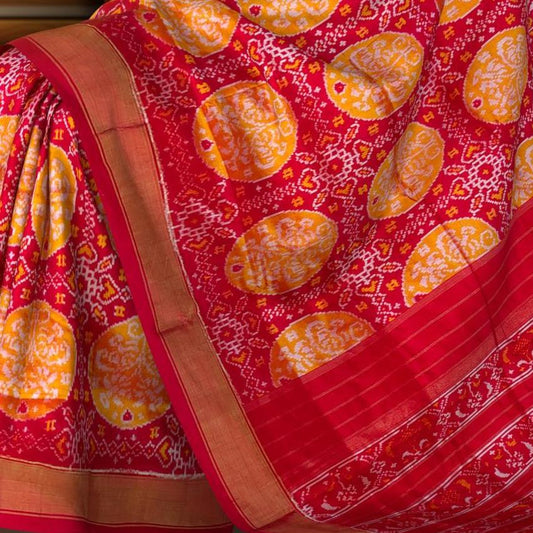

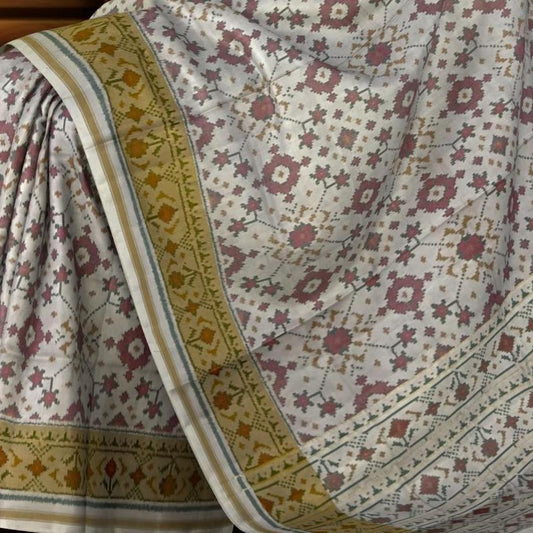
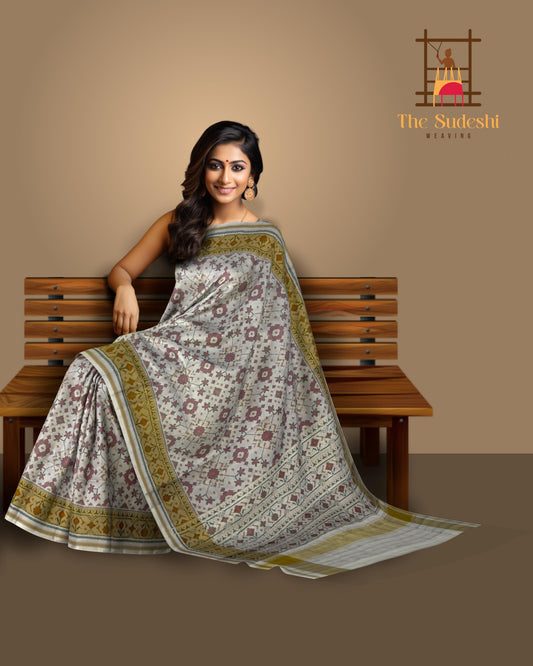
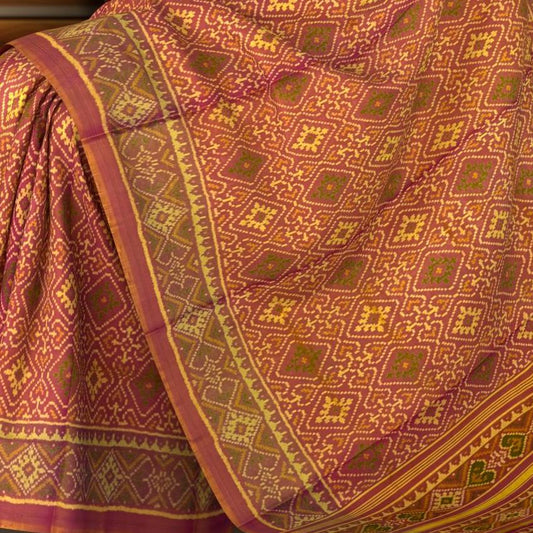
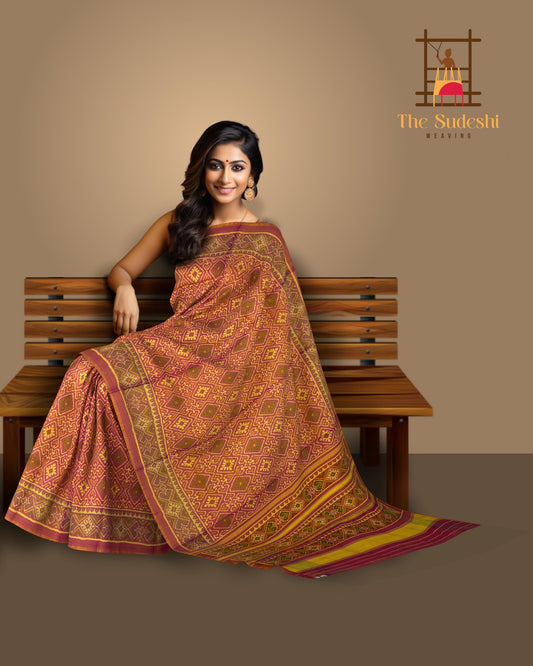
Leave a comment
Please note, comments need to be approved before they are published.